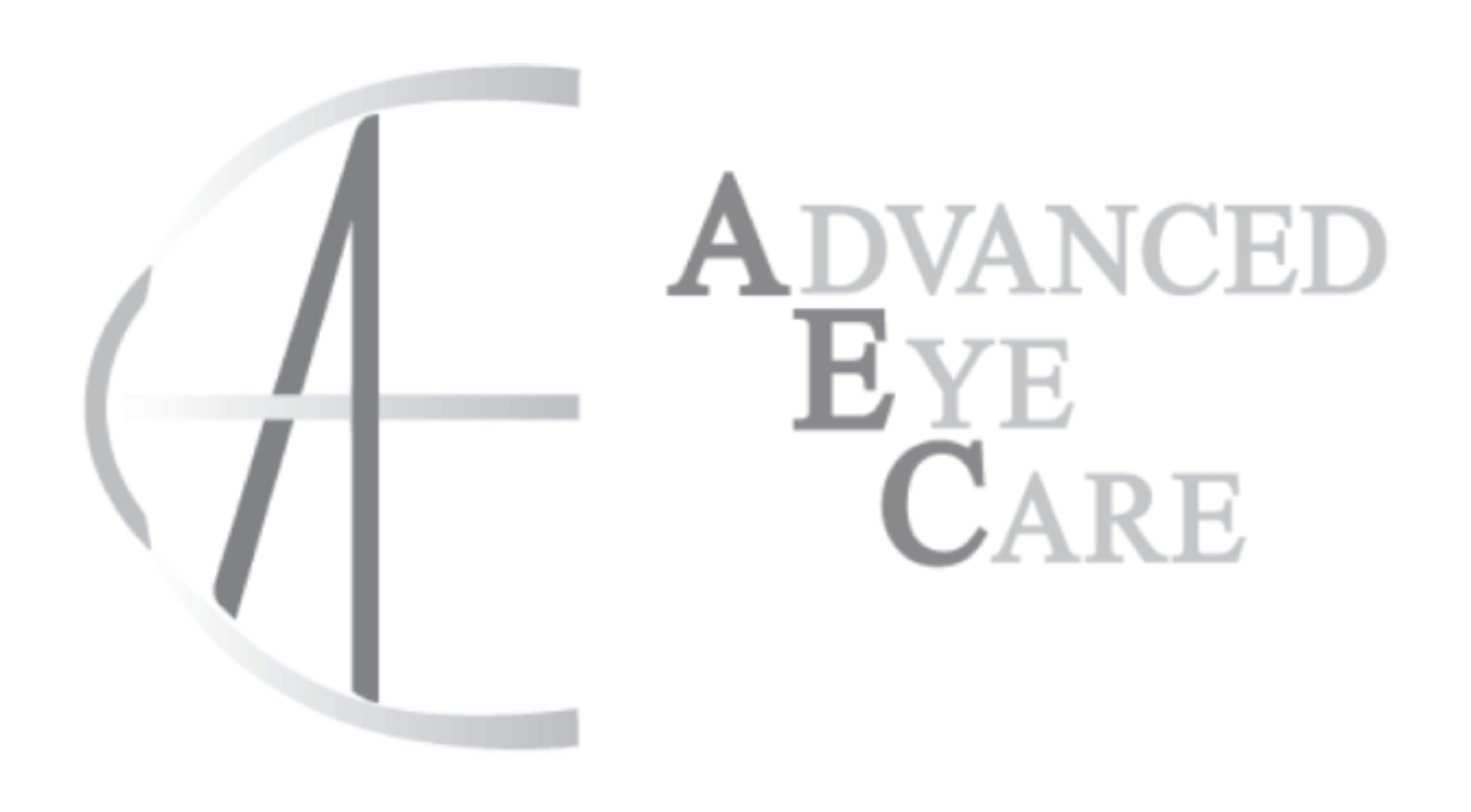Understanding Near Vision Loss
It?s a fact of life. In our 40s and 50s, we begin to experience the naturally frustrating effects of blurry near vision. Reading the newspaper, ordering off a menu, even grocery shopping becomes a struggle. You may be experiencing the effects of presbyopia (prez-bee-OH-pee-ah), which is the natural loss of near vision that impacts virtually everyone. Even people who never needed vision correction when they were younger eventually experience presbyopia.
What causes presbyopia?
Over time, the natural lens in your eye, which is normally elastic and flexible, begins to stiffen. This makes it difficult for the lens to automatically change its shape, and bring near objects into focus. As a result, your near vision is blurred. To compensate, you likely find yourself squinting and moving the newspaper, mobile or menu farther away in an effort to bring print and other small objects into focus.
BEFORE: When the natural focusing ability of the eye diminishes, near vision becomes blurry.
KAMRA Vision is a surgical procedure which enhances your lifestyle by reducing the frustrating effects of presbyopia and the hassle of reading glasses and contacts. Learn how KAMRA Vision, a presbyopia treatment, can restore your youthful near vision, or see for yourself what KAMRA Vision patients have to say about their experience.

BEFORE: When the natural focusing ability of the eye diminishes, near vision becomes blurry.

AFTER: With the KAMRA inlay, unfocused light is blocked, making near vision clear
Discover how KAMRA Vision is freeing thousands of people from the everyday frustration and inconvenience of reading glasses and contact lenses. KAMRA Vision is the long-lasting solution to near vision loss (presbyopia). KAMRA Vision:
KAMRA Inlay vs Contact Lens
The key to KAMRA Vision technology is the KAMRA? inlay. Smaller and thinner than a contact lens, the inlay is a film-like ring with an opening in the center. The inlay is placed under the surface of your cornea.
The center opening in the KAMRA inlay helps focus the light coming into your eye, improving your ability to see clearly at all distances: near, far and in between.
The KAMRA inlay is designed to improve functional near vision and reduce dependency on reading glasses. Although eliminating the need for reading glasses may occur for some, it is not the expected result. You may need reading glasses for reading in dim lighting conditions, performing near tasks for a prolonged period of time or reading very small print. For more information about the risks and benefits of the KAMRA Vision procedure, contact your eye doctor.
Learn more about KAMRA Vision by viewing our patient educational video or visit our FAQ page.

Is KAMRA Vision for Everyone?
KAMRA Vision can rejuvenate near and intermediate vision for the vast majority of people and, unlike other presbyopia treatments, its effectiveness doesn’t diminish over time. Whether you’ve been struggling with presbyopia for less than a year or more than a decade, the KAMRA? inlay may be right for you. In addition, it can still be effective, even if you’re considering or have already had LASIK eye surgery or cataract surgery. To learn more, complete our brief online questionnaire to check your suitability, or find a KAMRA Vision physician through our Find-a-Doctor feature.
Why Small Aperture Works
The KAMRA? inlay is the only presbyopia-correcting inlay that uses the small aperture principle. Its unique design provides patients lasting performance across all distances.
How the KAMRA? Inlay Works
The KAMRA inlay works by allowing only central light rays to reach the retina through its central 1.6mm aperture, which: (Figures 1,2)

Figure 1: The presbyopic eye is unable to focus light.

Figure 2: The KAMRA inlay implanted eye extends depth-of-focus by only allowing central focused light to reach the retina.
Understanding Small Aperture
Small aperture optics are based on the same principle as an f-stop camera, in which:

Figure 3: Smaller apertures produce a longer depth-of-focus
Correlating ``F-stop`` to Pupil Size
Similar to the f-stop of a camera, the human pupil serves as an adjustable aperture, in which:

Figure 4: The iris is the aperture stop for the eye
